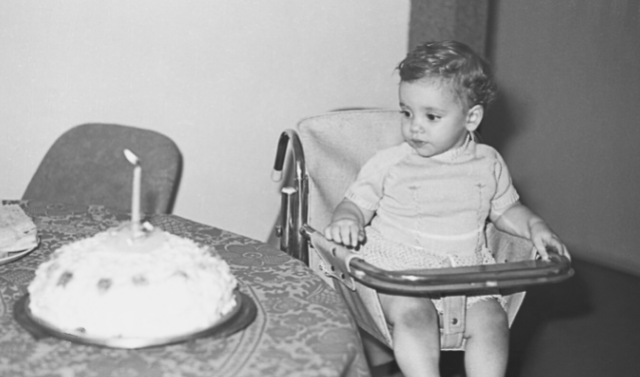Q. I found a birth record for my ancestor, Stina Ersdotter (b. 1773) in the household examination record of her parents, Eric and Margareta. The record shows the parents married in 1772, which fits perfectly—but also that they were born in 1723 and 1724. That makes them both about 50 when Stina was born. Can this be right?
A. While a man can father children well into his 50s, it would have been unusual for a woman to give birth past age 50 before the advent of modern fertility treatments. Instead, Elisabeth Thorsell, editor of the Swedish-American Genealogist, said: “The solution is that spouses died and the survivors remarried.” Thus, Eric is Stina’s grandfather—not her father—in this blended household.
According to the patronymic naming scheme, Eric should have had a son with the same first name. Stina would thus be called Ersdotter (Ericsdotter). Although no son Eric is listed on the record you found, Thorsell located other records showing a son by that name. This younger Eric died in 1781, which explains why his children would be living with their grandfather. (Stina’s mother is also in the household and now remarried to a man named Lars.)
So an alternative—and more biologically plausible—explanation for your family mystery is this: In 1723, Eric and his first wife had a son named Eric. After that wife died, elder Eric and Margareta married in 1772. Then Young Eric became the father of Stina in 1773.
The lesson here? When the pieces of your family don’t quite fit, look for a missing piece (or two).
A version of this article originally appeared in the March/April 2019 issue of Family Tree Magazine.




